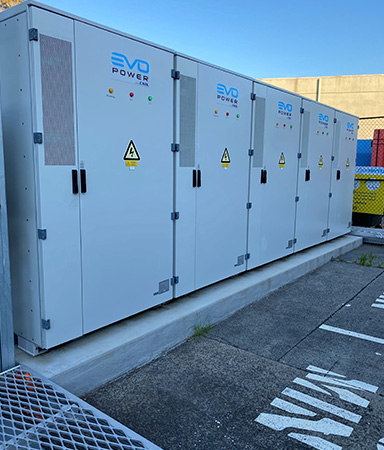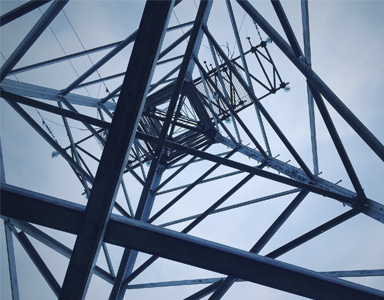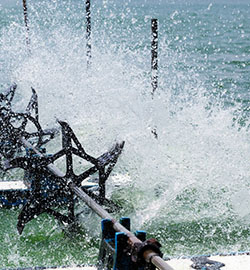

Sort By

Learn how Enel X’s Virtual Power Plant (VPP) brings together businesses across Australia to create a smarter, more flexible energy system.

CIT partners with Enel X on one of Australia’s largest onsite battery storage projects

Enel X's VPP supported WA's grid during record heat and electricity demand surge with multiple Demand Response programs

Learn how Vicinity and Enel X are using battery storage to cut energy costs, boost grid stability, and power a greener future.

Demand Response programs allows energy consumers to earn from their flexibility: discover how it works and what are its benefits

Demand Response programs allows energy consumers to earn from their flexibility: discover how it works and what are its benefits
